
See a security pop-up during online checkout? It might seem trustworthy, but scammers can now create fake versions that look almost identical. Even 3D Secure can be faked, and while this system was designed to protect your payments, scammers now exploit it. Before you click “confirm,” learn how 3D Secure works and how fraudsters use it to trick you. Here’s what you need to know.
What 3D Secure Was Designed To Do

In 2001, Visa launched 3D Secure to reduce online fraud, and Mastercard and American Express soon followed. It added a password or one-time code to confirm identity, while 3DS 2.0 added biometrics and app approval, partly due to PSD2—Europe’s rule requiring multiple ID checks to verify online shoppers.
Criminals Create Fake 3DS Pages That Look Real

These phishing pages copy authentic fonts and layouts, and activate after purchases using lookalike web addresses to mislead unsuspecting users. During checkout, a pop-up may appear that looks identical to your bank’s, yet it isn’t real. The moment you enter your code, it’s stolen.
Scammers Use Urgent Calls To Steal Verification Codes

Just imagine your phone rings, and the caller says they’re from your bank. There’s a suspicious payment, they claim, agitating you. Soon, you’re asked to verify a code, but that code approves the scammer’s transaction. Criminals can even spoof real bank numbers to make these calls more believable.
Malware Can Bypass 3DS Without You Noticing
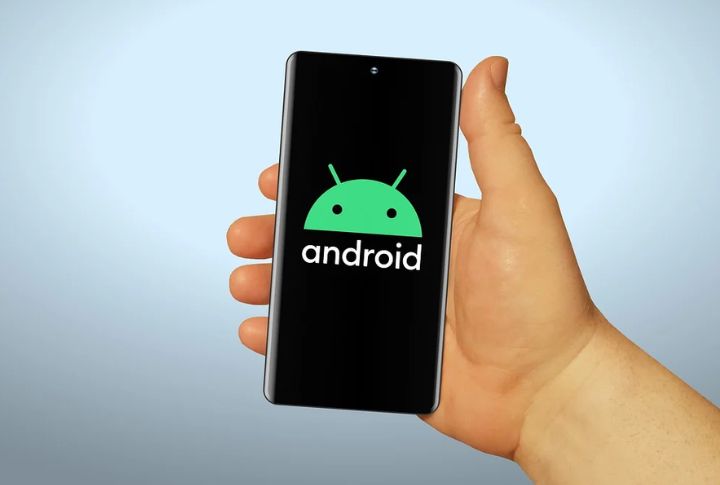
Things turn shady if malware like BRATA or ERMAC gets involved. Disguised as helpful apps, they sneak into Android phones by overlaying fake pages and intercepting OTPs. They often redirect users to fake gateways. And since it all happens quietly, many victims never suspect a thing.
The Latest 3DS Still Has Gaps Scammers Exploit

3DS 2.0 tries to save time by skipping prompts for transactions it thinks are safe. That shortcut opens a door, and scammers are able to mimic trusted patterns by bypassing checks with ease. Even biometric steps and fraud-detecting AI sometimes fail to catch the latest trick in time.
Now that you know how scammers break through the system, here’s how to stay ahead of their tricks.
Real 3DS Pages Always Come From Trusted Domains
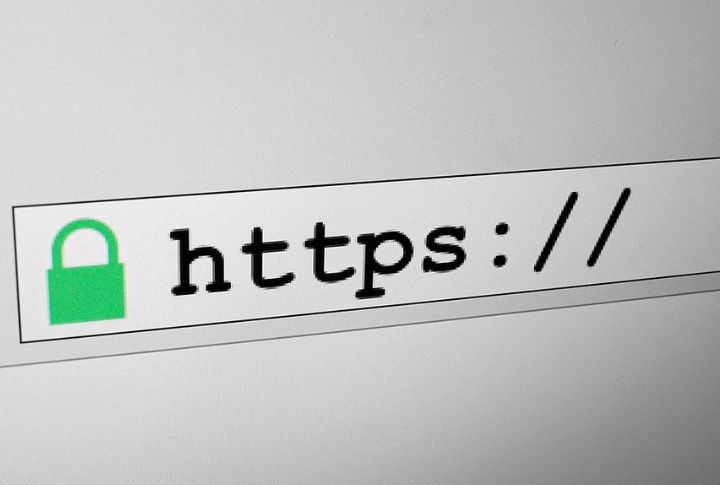
When a 3DS prompt appears, it should load from your actual bank or card issuer’s website. Real pages begin with “https://” and show clear branding. SSL (Secure Sockets Layer) certificates, seen by the padlock icon, confirm the site is encrypted and securely connected.
Banks Never Ask For One-Time Codes Over The Phone

Scammers love to sound urgent, but real banks never ask for verification codes by phone. Even if the call looks legit, fraud departments rely on secure app messaging instead. Banks like Chase and Citi advise hanging up and calling back using the number printed on your card.
Banking Apps Are Safer Than SMS For Verification
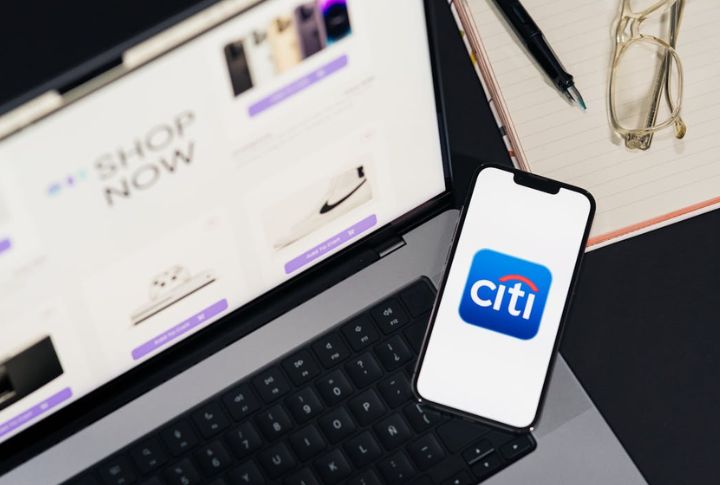
While SMS is still used, it’s less secure than apps. Push notifications sent through banking apps are encrypted and linked to your device. That means even if someone tries SIM-swapping attacks, they can’t access app-based requests. This is why many banks now rely on in-app verification for safety.
Security Software Can Block Many Scam Attempts
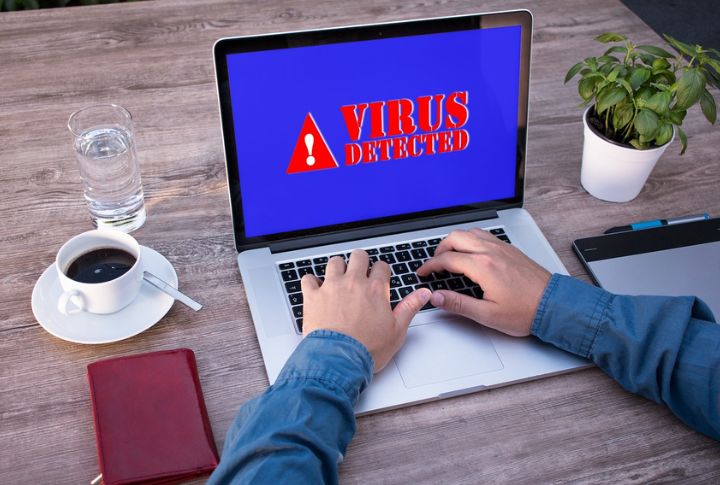
Modern antivirus software does more than scan files, as tools like Norton and Bitdefender now offer banking modes that block fake sites and shut down overlays. Additionally, mobile apps alert you before unsafe APKs are installed or suspicious payment tools attempt to access your phone.
Frequent Account Checks Catch Fraud Early
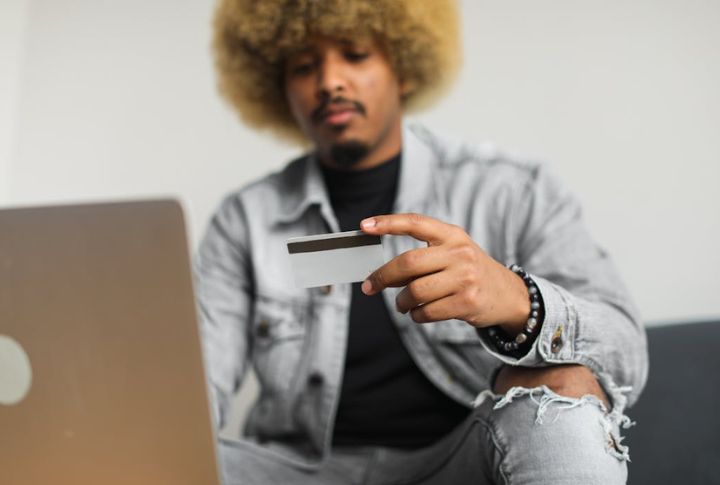
Your bank account might not seem exciting, but it deserves your attention. Spotting strange activity early can make all the difference. You can use tools like Mint or Plaid to organize your finances in one view, and reporting issues fast can limit how much you’re held responsible for fraud.
